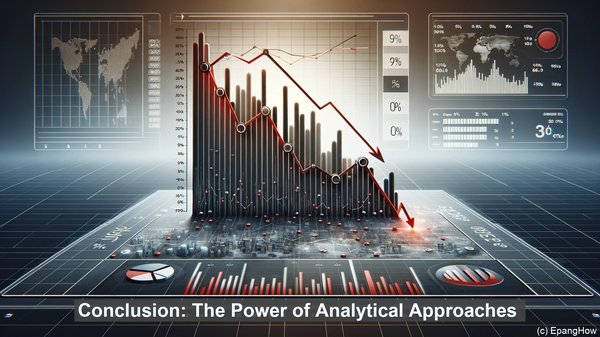Introduction: The Broad Spectrum of Economic Analysis
Hello everyone! When it comes to comprehending the intricate workings of an economy, economists employ various analytical tools and techniques. Two such methods, sectoral analysis and market analysis, are often utilized to gain insights into specific aspects of an economy. While both approaches are valuable, they differ in their scope, focus, and the information they provide. Let’s dive deeper into these two approaches and explore their nuances.

Understanding Sectoral Analysis: A Microscopic View
Sectoral analysis, as the name suggests, involves a detailed examination of specific sectors within an economy. These sectors can be categorized based on various factors, such as industry type, product/service offerings, or even geographical location. The primary goal of sectoral analysis is to understand the dynamics, trends, and challenges faced by each sector individually. This approach enables economists to identify sector-specific factors that may impact overall economic performance.
Key Components of Sectoral Analysis
Sectoral analysis typically involves a comprehensive assessment of several key components. One such component is the sector’s contribution to the overall GDP. By quantifying a sector’s economic significance, economists can gauge its relative importance within the larger economy. Additionally, factors such as employment levels, productivity, and investment patterns are also analyzed. This multifaceted evaluation provides a holistic understanding of a sector’s performance and its interplay with other sectors.
Applications of Sectoral Analysis
Sectoral analysis finds extensive applications in both the public and private sectors. Government entities often rely on this approach to formulate policies that target specific sectors, such as agriculture, manufacturing, or healthcare. By understanding the challenges faced by these sectors, policymakers can design interventions that address their unique needs. Similarly, businesses leverage sectoral analysis to identify potential growth areas, assess market competition, and make informed investment decisions.
Unveiling Market Analysis: A Macroscopic Perspective
In contrast to sectoral analysis, market analysis takes a broader view, focusing on the overall market dynamics. This approach examines the interactions between buyers and sellers, market trends, and the forces that shape supply and demand. Market analysis is particularly useful in understanding price movements, market equilibrium, and the factors that influence consumer behavior. By studying these aspects, economists can predict market trends and assess the potential impact on the economy.
Key Components of Market Analysis
Market analysis encompasses several key components. One such component is the study of market structure, which refers to the organization and competitiveness of a market. This analysis helps identify whether a market is monopolistic, oligopolistic, or perfectly competitive, influencing factors such as pricing strategies and market entry barriers. Additionally, factors such as market size, growth rate, and market segmentation are also examined, providing insights into market potential and target audiences.
Applications of Market Analysis
Market analysis is a crucial tool for businesses, guiding their strategic decisions. By understanding market dynamics, companies can tailor their products/services to meet consumer needs effectively. Market analysis also aids in identifying emerging trends, potential market gaps, and competitive advantages. This information is invaluable when formulating marketing strategies, launching new products, or expanding into new markets. Additionally, market analysis is often utilized in investment and financial planning, enabling informed decision-making.
The Interplay: Sectoral and Market Analysis
While sectoral and market analysis are distinct approaches, they are not mutually exclusive. In fact, they often complement each other, providing a comprehensive understanding of the economy. For instance, sectoral analysis can identify potential growth sectors, while market analysis can assess the demand and market potential for products/services within those sectors. This interplay between the two approaches enhances the accuracy and applicability of the insights gained.

